Uncovering the Childhood Wounds of Every Enneagram Type
The childhood wounds of each Enneagram type can leave a lasting impact far into adulthood if they’re not properly tended to. As an Enneagram coach, I get a lot of questions about childhood and how it influences the types as they grow, and thankfully there’s a lot of research on this topic. Whether you had a beautiful, easy childhood or a deeply troubled childhood, patterns erupt in the early years that create shifts in how we perceive the world and the kind of people we think we need to be to survive.
For some of us, we felt that we were better off if we stayed in the background. Speaking up would cause more harm than good. For others, we felt like we had to be hyper-responsible because our parents were vulnerable or distracted. Some of us had beautiful childhoods, but there was an underlying message that we had to earn our love through acts of selflessness.

What was the childhood wound that you experienced? What underlying message did you receive (either inadvertently or purposefully) in childhood that has influenced you as a person? That’s what we’ll be looking at in today’s article.
Disclaimer: Every childhood is different and every child interprets their experiences differently. Each of us has a filter through which we understand the world around us. These childhood experiences and wounds are much more nuanced than they will appear in this article because every experience is completely unique.
Table of contents
- The Childhood Wounds of Every Enneagram Type
- The Enneagram One Wound – Self-Judgment
- The Enneagram Two Childhood Wound – Self-Sacrifice
- The Enneagram Three Wound – Rejection of Core Self
- The Enneagram Four Childhood Wound – Rejection of Identity
- The Enneagram Five Childhood Wound – Rejection of Intimacy
- The Enneagram Six Childhood Wound – Rejection of Trust
- The Enneagram Seven Childhood Wound – Absence of Nurturing
- The Enneagram Eight Childhood Wound – Rejection of Childhood
- The Enneagram Nine Childhood Wound – Rejection of Their Voice
Estimated reading time: 15 minutes
Not sure what your enneagram type is? Take our new personality questionnaire here!

The Childhood Wounds of Every Enneagram Type
The Enneagram One Wound – Self-Judgment
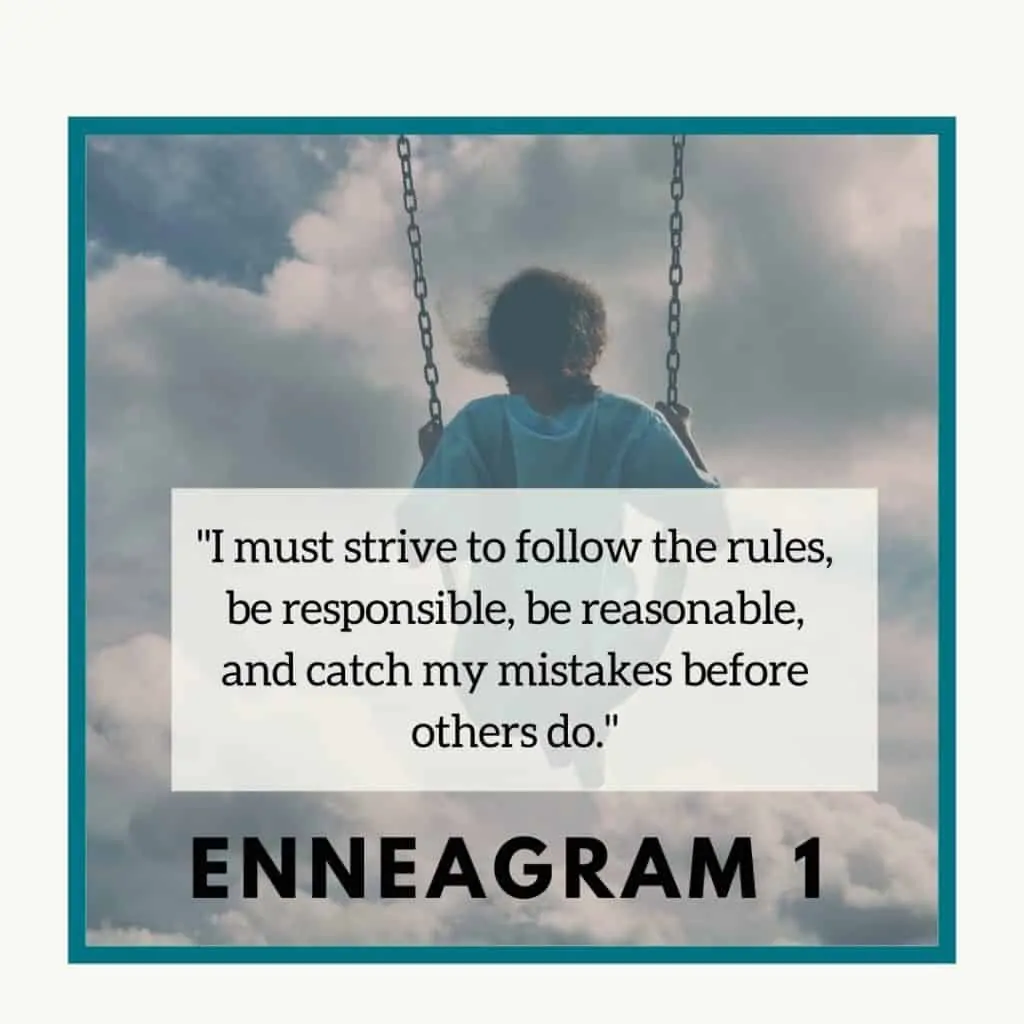
As children, Ones felt disconnected from the protective figure in their life. This could have been the mother or the father, depending on the nature of their home. Sometimes this means that the parent they thought should be strong and protective was abusive. It could also mean that that parent was distracted, arbitrary, overly strict, or overly lenient. Sometimes, in especially religious households, the child felt that the God, or father, of their religion was a fearful being they had to work hard to “please.”
To cope with this feeling of disconnection, Ones made themselves their own judges and critics. They developed their own code of ethics and list of rules – and this code was strict and to be followed to the letter. They developed a relentless feeling of never being acceptable; a feeling that they must always try to be better. In fact, their own feelings and desires were nearly always put on the backburner in favor of toeing the line, being responsible, and improving themselves. They tried to repress their emotions, especially anger. However, this emotion typically showed up in judgmental, critical behavior. It may have appeared as the One clenching his teeth while he washed the dishes, or rigidly memorizing the ten commandments as thoughts of hellfire and doom raced through his mind.
The One” self-policed” as a child, feeling that if they punished themselves no one else would punish them or see them as a failure. They wanted to outdo the expectations of the protective figure who had in some way failed them.
Find out more about the Enneagram One here.
The Enneagram Two Childhood Wound – Self-Sacrifice

As children, Twos felt ambivalent towards the protective figure in their homes. In some way, they felt that there was a lack of either nurturance, guidance, or structure coming from the protective figure. To deal with this, Twos created an identity that they felt would be complementary to the protective figure. They developed the underlying feeling that the only way they could earn love was through selflessness, goodness, and repression of their own needs. The Two learned not to ask for help, not to assert their own needs, and to give to others more than they gave to themselves. In their quest for worth, they often learned to stifle and repress their own desires. Their self-love became conditional upon their earning a sense of worth through taking care of others.
Twos want to feel needed by people. They want to feel liked and as if they belong. This gives them a sense of security. In a child, this could show up as The Two doing the household chores of younger siblings or taking on the responsibilities of the parents as a way to make their lives easier and also earn their family’s love and affection. Through being dutiful and nurturing, they feel they can finally earn the love that most children take for granted.
Twos become healthier and happier when they learn that they are loved for who they are, not just what they do. But it can be a long and arduous lesson for them to internalize because they are so fixated on earning love through self-sacrifice.
Learn more about the Enneagram Two here.
The Enneagram Three Wound – Rejection of Core Self

As children, Threes felt deeply connected to the nurturing figure in their life. This could have been the mother or father, depending on the home. They learned to intuit the nurturing parent’s needs before they were expressly stated, and strived to meet those needs. They sensed that they were loved or valued for what they achieved rather than who they were. When they received a look of approval, they basked in it, and worked hard to gain that look of approval again. Unlike the Two, who tried to gain approval through being needed or nurturing, Threes gained approval by achieving goals, success, and benchmarks. They gathered tokens of achievement in hopes of being loved. These could have been actual medals or trophies or straight A’s.
Threes developed the habit of working on their ego self rather than their true self. They struggled with an underlying feeling that their true self was undeserving or worthless. In secret, they often believed that if people knew who they really were they would reject or abandon them. So they tried to look good, smile brightly, and win prizes or achievements that would distract them and others from the true self inside.
The Enneagram Four Childhood Wound – Rejection of Identity

As children, Fours felt disconnected from both the parental figures in their lives. This could have been for extreme or mild reasons. Some Fours were abused by both their parents, while others just felt like their parents didn’t see them for who they really were. In many cases, Fours felt like their parent’s advice and comfort was very generic; as if it were meant for a child who was totally different than they were.
Because Fours felt so out of place in their own families, they tried early on to accept what made them different – to notice it and evaluate it. This was a coping mechanism that helped them deal with feelings of rejection and isolation. However, through developing this coping mechanism they often set themselves on a trajectory of feeling unusual, different, and out of touch with ordinary people. More than most things, Fours want to find their identity because they believe this will take away the feelings of melancholy and loneliness that have plagued them their whole lives.
Many Fours daydream about the possibility of meeting someone who will finally see them for who they really are. Because they felt so disconnected from their families growing up, they hope to find that connection in a friend or romantic partner. Unfortunately, many people fail to meet this idealized “other” that the Four hopes to find. However, with time and maturity, Fours learn to accept what ties them to other people rather than focusing on what makes them different. Through doing this, they are able to form longer-lasting bonds and friendships.
Find out more about Fours here.
The Enneagram Five Childhood Wound – Rejection of Intimacy

In childhood, Fives felt ambivalent towards both their parental figures. They were never quite sure what their place was and where they belonged. Essentially, they felt like “odd ducks,” forever on the outside looking in rather than nurtured and accepted as one of the group. Sometimes there were obvious reasons for this: Parents may have been alcoholic, abusive, or played favorites. In other situations, it could have been that they just didn’t feel understood, or they picked up on clues that made them feel a particular way even if their parents didn’t intend for it to be so. But whatever the case, Fives felt like little they could do was wanted or needed by their family.
To cope with this feeling of “otherness,” Fives retreated from the outside world and from their families. They often hid away in their rooms, looking for a subject they could master or an area of expertise that would allow them to find their place in their families or in society. This area of expertise needed to be something unique to themselves. If all their siblings were learning to play the piano, for example, then they would learn to play the accordion.
There is sort of an unspoken message from Fives that says, “Don’t ask too much of me, and I won’t ask too much of you.” They resent intrusions and demands on their time. Close physical affection can feel overwhelming and bothersome to them. They feel that they need as much time as possible to themselves to devote to mastering their subjects of interest. In turn, they learn to distance themselves from their emotions and identify themselves as their thoughts. They may believe their thoughts to be good, while the outside world is bad. At average to unhealthy levels, they believe if they can avoid expectations from others they will be happier.
Find out more about Fives here.
The Enneagram Six Childhood Wound – Rejection of Trust
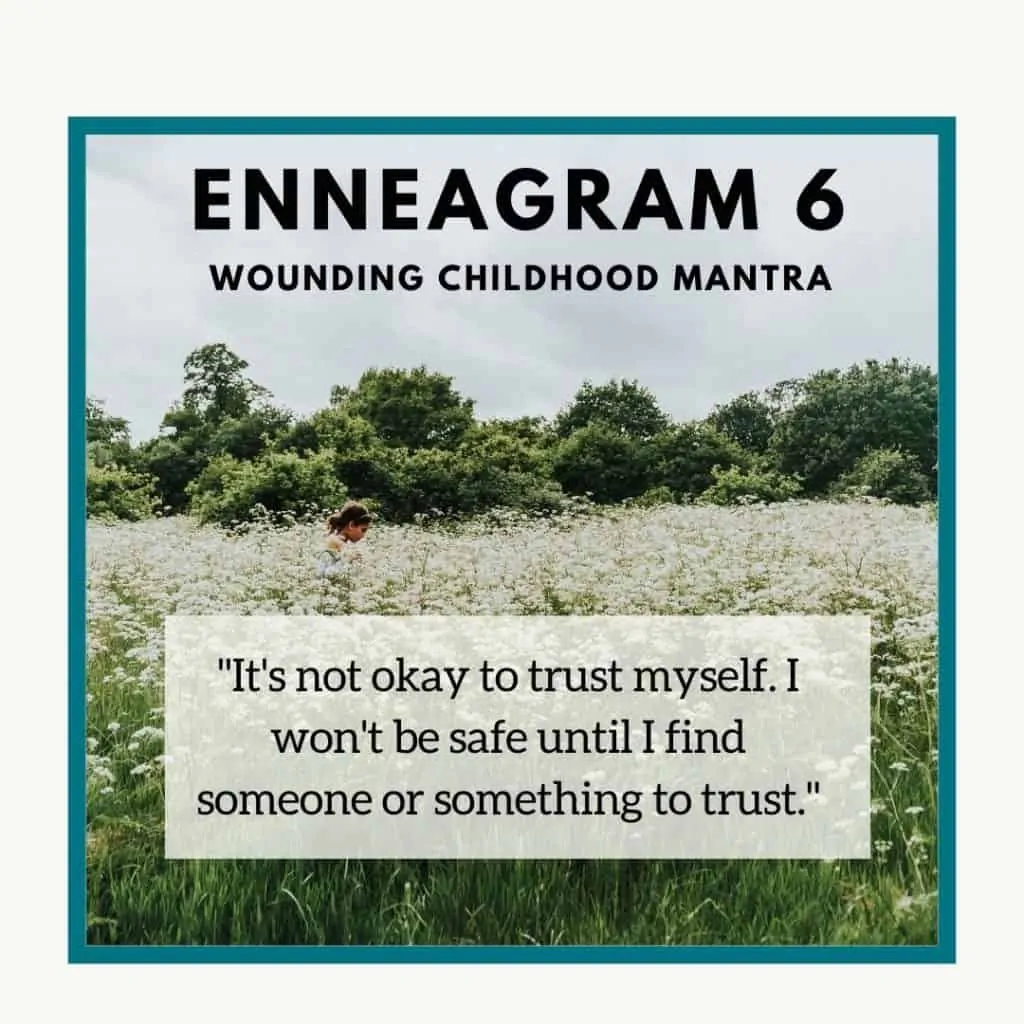
In childhood, Sixes felt connected to the protective figure in their home. However, this connection wasn’t always positive. They internalized their relationship with this figure and learned to depend on them for a sense of security or guidance rather than trusting their own inner voice. If the authority figure was unjust or malevolent in some way, then the Six would internalize their anger and direct it at themselves, becoming self-destructive. In certain situations, the protective figure violated their trust (maybe in small ways, maybe in large), resulting in the Six becoming distrustful and rebellious of all authorities. If the protective figure failed in any way, the Six child would internalize this failure and respond In kind. Usually, this results in the Six feeling ambivalent towards authority.
Sixes crave the security of authority and the assurance of a support network, but they also distrust and doubt authorities and others (including themselves).
The Six abandons their own inner voice in an attempt to gain support from protective figures. They hope that with enough support they can finally feel secure and become independent. In turn, they feel separated from their own internal guidance, and can either become agreeable or aggressive in an effort to find their “people.” They feel plagued by a need to find the “right” course of action. But they don’t trust themselves – they usually have an “inner committee” of imagined authority figures, friends, and various mentors that they have to please before they move forward. They have imaginary dialogues with this inner committee trying to figure out how these other people would feel about it before they make a decision. Their doubt, anxiety, and tendency towards overthinking becomes a burden that they can only get rid of through growth and maturity.
Read this next: The Enneagram Six Child In-Depth
The Enneagram Seven Childhood Wound – Absence of Nurturing

In childhood, Sevens felt disconnected from the nurturing figure in their home. This could have been the mother, father, or grandparent – whoever was doing the bulk of the nurturing and caretaking. For whatever reason, whether it was abuse or everyday misunderstandings, the Seven felt that they couldn’t count on getting the nurturance they needed on a consistent, dependable level.
In order to deal with this, Sevens learned to focus on “transitional objects” or toys and activities that would feed the emptiness inside. They developed the unconscious message that they needed to nurture themselves because nobody else would do it adequately. So they would seek out distractions, activities, possibilities, and objects that would excite their senses and keep them busy. Gaining whatever they thought would make them happy became symbolic of having the nurturing that they always felt was just out of reach.
Find out more about the Enneagram Seven here.
The Enneagram Eight Childhood Wound – Rejection of Childhood

In childhood, Eights felt ambivalent towards the nurturing figure in their home (often the mother, but not always). They learned that they could find their place in the family system by taking on the complementary role to the nurturing role – often a patriarchal, “strong” role. Because of this, they felt they had no choice but to grow up quickly because they felt that by showing vulnerability or “softness” they would be hurt, rejected, or betrayed. They became little protectors and showed an exterior of toughness and invulnerability. In turn, they became the one that others turned to for strength and guidance. They felt that if they lost this role in the family that they might be rejected.
Eights deal with issues of survival and strength. They believe that they must be strong, decisive individuals who can handle anything without flinching. If they become tough and aggressive, hiding their hurts and vulnerabilities, they will avoid being “weak.”
Eights are often assertive and adventurous children, which results in them getting punished frequently. In order to defend their psyche from these frequent punishments, they decide to take on a “to hell with them” mindset, and an attitude of indifference and steely resolve. If they had an abusive childhood in some way, they will live in constant anticipation of rejection and betrayal. If they had a relatively nurturing childhood, they will probably take on a strong protective role. The more they felt rejected, the more they will harden their hearts and become aggressive in response.
Find out more about the Enneagram Eight here.
The Enneagram Nine Childhood Wound – Rejection of Their Voice

In childhood, Nines feel connected to both parents. This can be either good or bad. In a harmonious, supportive family setting, Nines can feel nurtured and supported. Because they’ve been nurtured, they can then in turn nurture and support others and themselves. If there’s a lot of conflict or turmoil then there’s an issue. They learn to “tune out” the problems and try to numb themselves to the conflict inside.
Nines feel empathically connected to their parents. In turn, they feel they “must” keep those parental figures happy. Unfortunately this is impossible! Instead, Nines cope by numbing out negative input and potentially living in denial.
You can imagine this as the child putting on headphones and playing with toys while the parents fight in another room. He imagines better times, tries to numb out his worries and fears, and distracts himself from his own feelings.
Because Nines are so connected to the people they love, they have a hard time differentiating their own feelings from those of others. Connection to their parents gives them a sense of identity rather than them forming their own unique identity. It’s as if they’ve been crowded out of their own bodies and minds. They learn to numb themselves to pain, to deny their own feelings, and to stay in the background.
As they develop and mature, Nines can learn to let go of the idea that their participation in the world is unimportant. They can connect with themselves and give voice to their feelings, even their anger, without feeling like it will cause their world to collapse.
Find out more about the Enneagram Nine here.

What Are Your Thoughts?
Do you agree with this article? Disagree? Let us know in the comments!
Find out more about your personality type in our eBooks, Discovering You: Unlocking the Power of Personality Type, The INFJ – Understanding the Mystic, and The INFP – Understanding the Dreamer. You can also connect with me via Facebook, Instagram, or Twitter!
References for this Article:
Personality Types – Using the Enneagram for Self-Discovery by Don Richard Riso with Russ Hudson, Houghton Mifflin Company
The Wisdom of the Enneagram by Don Richard Riso and Russ Hudson, Bantam Press, 1999






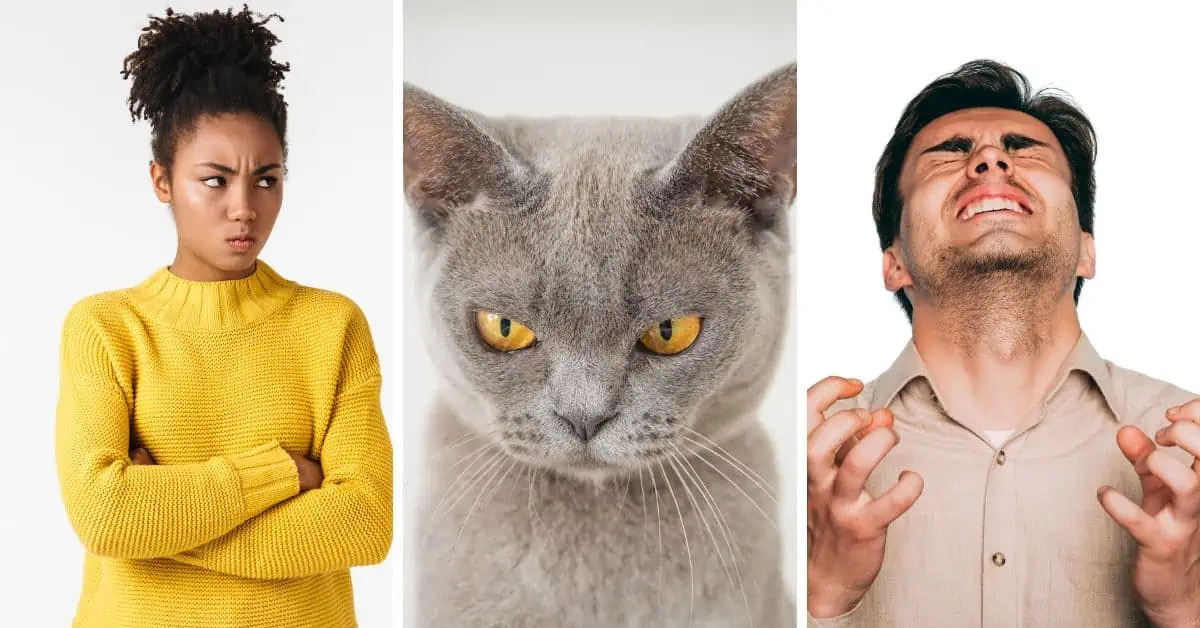


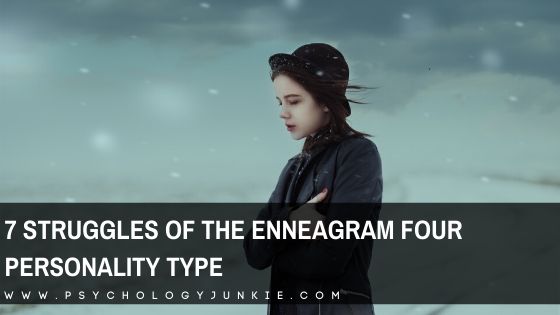
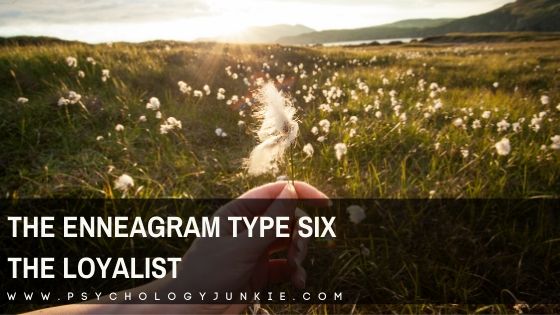

Hello,
I’m an Enneagram 5, but reading this article, I can totally identify with Enneagram 3 as well as Enneagram 8 Child, because these were exactly how my childhood was. How does this affect my current Enneagram 5 then? ????
Enneagram kinda scares me, like MBTI knows me, but Enneagram ‘sees’ me, you know?
Heh, I really enjoyed reading this. Totally agree with @Helia, the enneagram looks right through me and pulls out my deepest, darkest secrets. Like, the MBTI tells of things that anyone that cares to look can see, but the Enneagram tells of things you feel are so personal to you.
Same!
Hmmm. As a 5w4 I think enmeshment and lack of emotional differentiation was more a problem in my family. I couldn’t stand discord so I learned (was encouraged?) To take responsibility for my parents emotions. (Turns out that was a bad long term strategy! I’m trying to unlearn this approach as an adult).
So I actually identify more with the account of type 9s as described here. The following quote is certainly what I feel in my more self-pitying moments: “It’s as if they’ve been crowded out of their own bodies and minds. ” Ouch.
(Although I really identify with this type 5 sentiment: “Don’t ask too much of me, and I won’t ask too much of you.” )
I do wonder what influence family size and birth order has here.
Anyway, interesting post, as always. Thanks, Susan. 🙂
To start I love the Enneagram, I personally find it more helpful than the MBTI.
The childhood wound for Type 8 is very accurate for me. I hate showing weakness because, I learned that being too vulnerable made people think that they can walk all over/control the weak. (Even parental figures) I believe that for the most part, the mentally, emotional and physically strong are most likely to survive in this cruel and scary world. (When they’re psychologically healthy). If I get hurt too much emotionally, I struggle with resisting the urge to resort to physical violence). I have a violent temper when I lose control of myself. Though when I have a lot self restraint, I let my soft side show to those that have earned and kept my trust. I’m very protective of those closest to me, even when they don’t stand up for themselves. Excellent article!
These wounds become obvious in my 461 tritype where both parents influenced me being a 4w5, but my mom caused the 1 wound while my dad caused the 6 wound. I don’t think any of it contradicts the other.
Tell me about Dissociative Identity Disorder and the Enneagram? One pitfall I see in personality testing systems is the insistence that people are only one type, without addressing the condition of DID or OSDD. Which, as someone with a dissociative disorder, I’ve struggled long and hard before I knew what was going on with trying to understand my personality. Or does the Enneagram only deal in Neurotypical varieties?
This just shows that Enneagram is a big, sophisticated, smart-*ss, dirty, useless pile of massive bullshit. Almost all of the descriptions starts with the same.
MBTI is cool, this is bs.
Maybe it’s so accurate it’s terrifying
Dude what
Oh boy, I just have to beg to differ. At first I was a ultimate skeptic of this system to but the more I heard about it the more it made since. I don’t know about this article, it’s very minimal and not the most informative, but if you’re interested for looking further into this I’d suggest Beatrice Chestnut books. Also I don’t entirely agree with the nurturing and protective figures since many people may not have had that exact same thing. Some kids have only 1 parent and some kids may have equally nurturing or protecting parents. Some kids don’t have parents at all. Anyway I agree that this article doesn’t really say it all, but the enneagram is certainly a big theory that has lots of different ways to look at it. I’d suggest you give it another try if you’re still interested, just maybe from a better source.
This is so extremely accurate it’s insane! Thank you so much for writing this. It’s completely awesome!
Ive been studying the enneagram a lot. I think most of these are maybe mostly correct. However I know I’m a 4 but didn’t feel disconnected from both parents in childhood. Maybe just my dad but never my mom. Also the 9 childhood isn’t right here. 9’s are the way they are because they felt unheard as a child—they didn’t have a voice in their families growing up. They felt overlooked. I know because I’ve done research but I’m also married to a 9. That’s why they have trouble with identity and feel the need to merge. Also the part about them numbing out due to fighting or discord is correct, but the rest didn’t ring true.
V, I totally agree with yours. I felt that the 4 explanation in this article was also lacking and your 9 description also feels very accurate. I have read some stuff about 4s saying that their emotions were not credited or were considered false or ignored. I’ve also heard that it’s often because of a sudden switch of attention from the parents, wether that’s because of a newborn or because of a sudden accident that the parents of a 4 had to pay more attention to. From the 4s that I know they are all older siblings with younger siblings very close in age, like 2 or 3 years younger. In film and books I’ve come across I think really great examples of 4s are the main character in “I ❤️ Hucklebees” and the more recent take on the Wednesday Adams Character. These are both very wing 3 though. The only other one I can think of right now is the main character in the graphic novel biography “Blankets”. Anyway, I think you are totally right that this article is lacking in ways, especially in the 4 section…
Wow! To the tee! 🙁
What if…lol it’s not funny I think I got a 6 or 7 total if I add all the numbers up
9 here. WTF? Why is the nine description totally left till last and shoved into an unseen/unnoticed part of the graphic. This seriously pisses me off. What a great way to remind us that we do not really matter anyways. FU, your stupid article, and your hideous graphic.
Hi Bonnie!
When I created this article I was not trying to leave out Nines – I was simply going in numerical order from 1-9. There was no thought of “ranking” or anything like that. I just wanted to, for simplicity’s sake, start at one and move forward in numerical order. I love Nines – my mom is one actually.
Woah there. I think this was just in numerical order. 9s are the most important duh! That’s why they’re at the top of the enneagram!!! I’ve heard them referred to as “the sleeping giant” because they hold the most power out of the enneagram types.
Yo, Im no expert but i think the 1, 3, 7, and 9 were spot on however I think that 8s are often sort of bullied around by older siblings or parents and they go full offense mode while 6s are very often found in situations with unstable parents. My half brother, who is a six, has a alcoholic and drug abusing father while his mother has constant migraines and isn’t always able to function well. I’ve read that 6 types often pity the nurturing figure and are rather very disconnected from the protector figure. I’ve also read that eights are often the youngest siblings of many. For fours I know that they were often traumatized by being told their feelings weren’t legitimate or real or worthwhile. In the movie ‘I ❤️ hucklebees’ the protagonist is a 4 (w3) and the fireman bff is a 7 and brad is a 3…. Anyway, it goes through a traumatizing process/piece of the guys childhood and how when his cat died no one cared or credited his feelings, which made him sort of brood or feel very disconnected and different then ordinary people. My good friend is a 5 and his parents are overly controlling like: ‘you have to play this sport’ and ‘you have to join this family activity’ and whatnot, which in turn makes my friend or fives in general retreat into their own head since they feel they can’t control their own life. Hence they are called “the investigators” or “the intellects”. They grow to type 8s which are highly independent and assertive and definitely in charge of their own destiny. A good film example of a 5 is the main kid from disneys ‘Blank Check’ and also kristoff from disneys ‘Frozen’. P.S. in the movie frozen kristoff is a 5, Elsa is a 3 (wing 4), Olaf is a 7, Anna is a 9 and Hans is an 8. I went between a 1 or an 8 for Hans but ultimately decided an 8 since he has a million older siblings (which is a common 8 situation) and he is more chaotic and expressive while 1s are part of the container triangle and definitely more organized types. My name is not actually Joe. This article is cool. I LOVE THE ENNEAGRAM and felt that I needed to add some more info to this article haha.
All the published peer-reviewed research suggests you (and the author idiots Riso and Hudson who came up with this stuff) are completely wrong.
A 1 remembers being criticized because of the selective memory filter of a 1, not because childhood experience made them a 1.
This is definitively proved by the studies involving identical and non-identical twins separated at birth.
The late Dr. David Daniels, head of psychiatry dept. at Stanford University wrote about this, stating that regarding enneagram type: “We are born this way.”
For goodness sake, do some proper research instead of regurgitating the nonsense of unqualified new age authors like the failed Jesuit Riso.